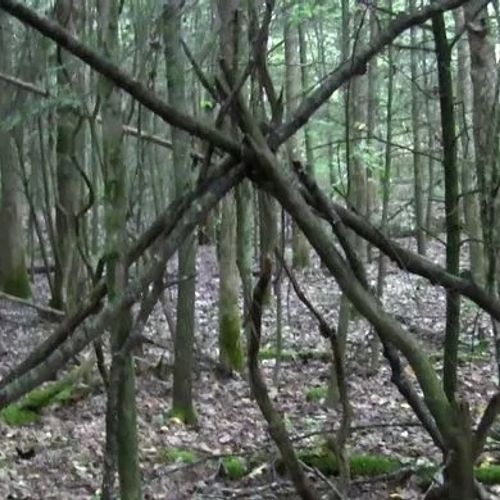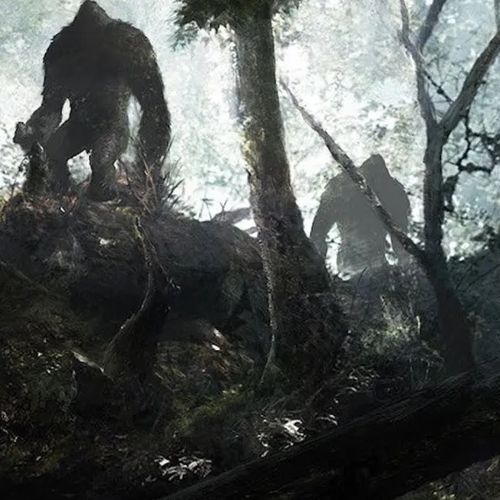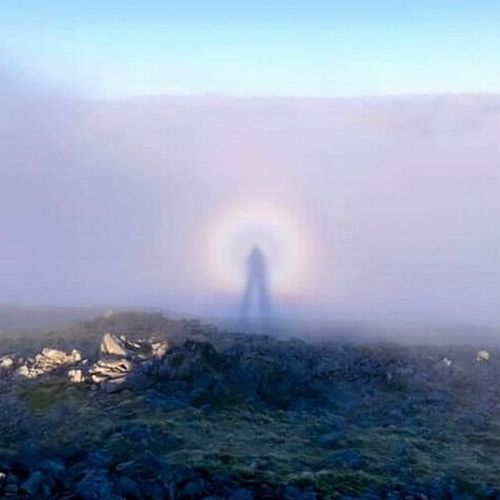
| Added | Tue, 31/01/2023 |
| Источники | |
| Дата публикации | Tue, 31/01/2023
|
| Феномены | |
| Версии |
Data processing expert Flow Foxon has shown that most bigfoot sightings in the US and Canada were probably black bears walking on their hind legs.
American black bears usually walk on all fours, but will stand on their hind legs if it means that they have smelled a stronger smell of something interesting. And from this position, they may seem strangely similar to humans, although rather hairy.
This is not the first time that scientists have proposed black bears as an explanation for the bigfoot phenomenon.
In 2005, one scientist compared the predicted black bear populations with reports of bigfoot sightings in the northwestern United States. However, he came to the conclusion that another species of animals other than the American black bear was responsible for the appearance of this mythical creature. But in 2009, a new study showed a high degree of overlap between black bear populations and bigfoot sightings.
Now Foxon has expanded on previous results, extending the range of the study to all places in the US and Canada where black bears and humans live next to each other.
The data he used to observe Bigfoot came from the Organization of Bigfoot Field Researchers, which maintains a geographical database of eyewitness reports mainly from the twentieth century.
Foxon then compared this information with local data on the density and distribution of the black bear, as well as population density. According to Foxon's rigorous regression model, bigfoot sightings are largely explained by the erroneous identification of black bears.
In areas with a large number of black bears and people, more and more people see bigfoot, especially in the northwest. On the other hand, black bears are not so common in Texas and Florida, despite the fact that bigfoot is often seen in these two states.
"It is noteworthy that bigfoot sightings have been reported in states where there are no known breeding populations of black bears," admits Foxon. "While this may be interpreted as evidence of the existence of an unknown hominid in North America, it is also due to the incorrect identification of other animals (including humans), among other possibilities."
However, Texas and Florida are exceptions to the rule. Foxon found that for every 900 black bears in a given U.S. state or Canadian province, one bigfoot is expected to appear.
In other parts of the world, bears can also trick people into seeing mythical hominids.
For example, in the mountains of Asia, it is likely that the bigfoot is actually an ordinary Asian black bear, Himalayan brown bear or Tibetan brown bear.
The physical evidence that has been collected about the Yeti in the past, such as teeth and hair, has always belonged to another known animal, and usually a bear.
"In conclusion," Foxon writes, "if there is a bigfoot, then it could be a lot of bears."
Новости со схожими феноменами
Новости со схожими версиями
Log in or register to post comments

















